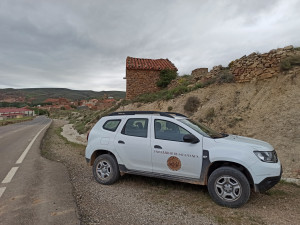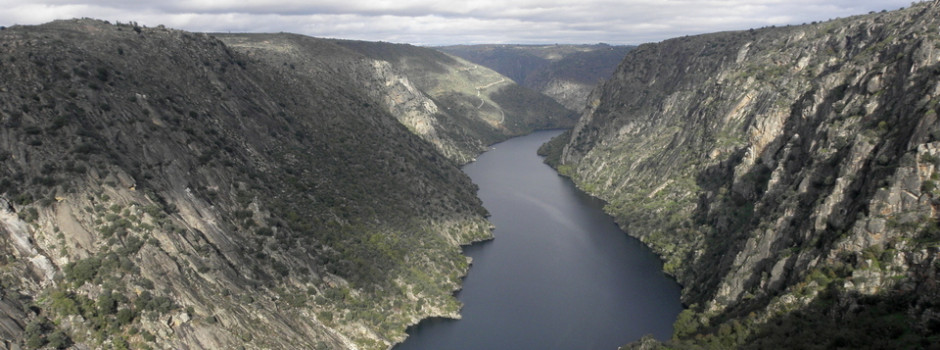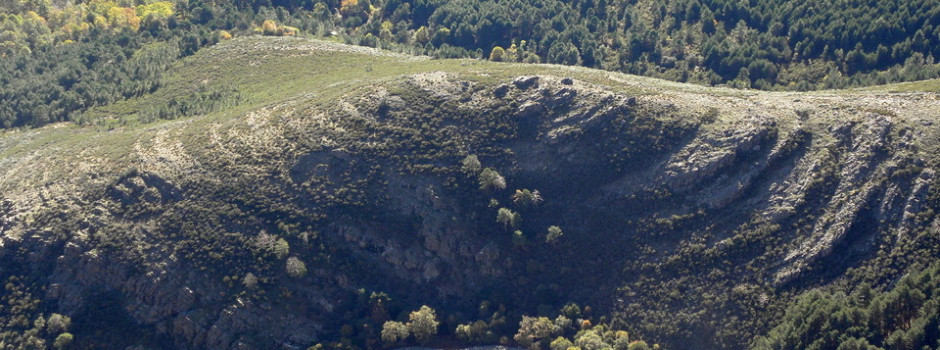Información relativa a salidas de trabajo campo con fines de investigación o docencia:


INVESTIGACIÓN, ÁREAS DE TRABAJO:
Patagonia, Argentina: Cuenca de Neuquén (Mesozoico).
Cuenca del Maestrazgo, Mesozoico (Teruel).
Cuenca de Cameros, Mesozoico (Soria).
Cuenca del Duero, Cenozoico (Castilla y León).
Pirineos, Cretácico Superior (Huesca).
DOCENCIA, CAMPAMENTOS:
Cuenca Ibérica, Teruel (subcuenca de Galve, cuenca terciaria de Aliaga, cuenca neógena de Teruel), con Análisis de Cuencas.
Cuenca del Duero (Cenozoico), Sierra de Francia y Las Hurdes (Precámbrico y Paleozoico), con Estratigrafía.
Cuenca Ibérica, rama Castellana (próxima al Sistema Central): Huérmeces del Cerro (Guadalajara), con Cartografía geológica.
Campamento de Cartografía geológica, mayo 2022. Panorámica de los afloramientos alrededor del embalse de El Atance (Huérmeces del Cerro, Guadalajara).
Cuenca Ibérica, Teruel. Outcrop of the upper part of the Aguilar del Alfambra Formation (lower Berriasian), near Cerezos section (Aurell et al., 2016).

Cuenca Ibérica, Teruel. Panoramic view of Wealden deposits from Teruel province, Spain: lutites and sandstones from the Camarillas Formation outcropping in the valley of the Alfambra river, near the village of Allepuz. Some dinosaur fossil sites are known in this area (Gasca, 2011; Gasca et al. 2011).
Isolated humerus of a sauropod dinosaur from the Barremian Mirambel Formation. This fossil come from the locality of Cerro Marín which is located between the villages of Mirambel and Cantavieja, within Teruel province, Spain.
Spinosaurid tooth recovered during the excavations in the vertebrate fossil site called “Camino de la Algecira”, from Ladruñán, Teruel province. This fossil locality is a vertebrate skeletal concentration with disarticulated bones and teeth of several individuals. Dinosaur bones are the most frequent remains, with at least two undetermined dinosaur taxa (iguanodontian and theropod). Crocodylomorph teeth and scarce osteichthyan remains are also present. In addition to the vertebrate remains, plant remains and internal casts of freshwater bivalves are profuse. Oyster remains sometimes encrust the bone surfaces.
Mi primer día de excavación en Patagonia (2016). Son las bardas de la margen derecha del río Negro, con el Mioceno subhorizontal que destaca como relieve estructural y el Mesozoico infrayacente, que se trata de sedimentos cretácicos de origen eólico. En un yacimiento con vértebras de dinosaurio saurópodo.









Comentarios recientes